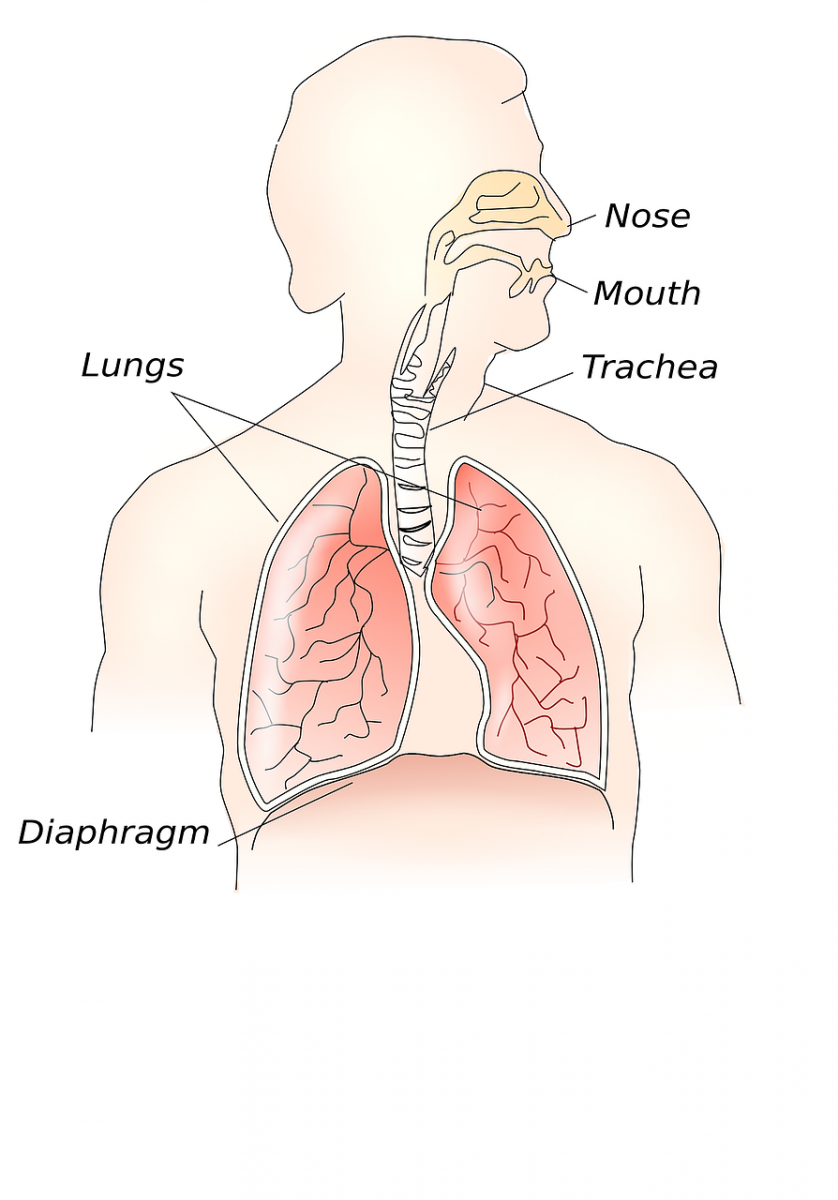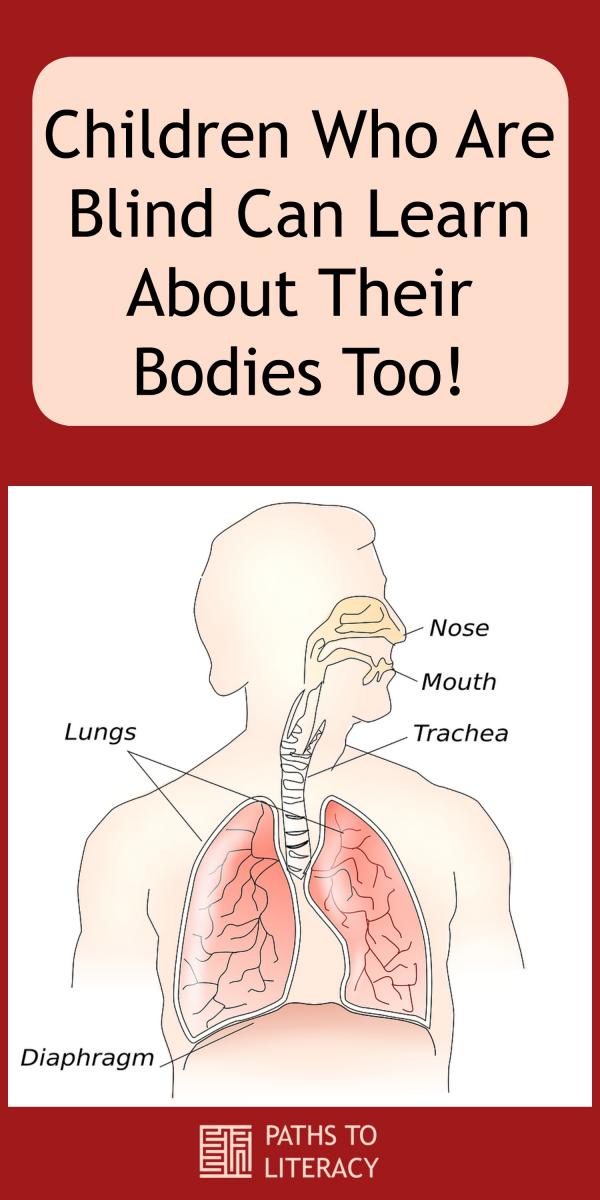Children Who Are Blind Can Learn About Their Bodies Too!

Developing Awareness of My Body
I remember when I was a little girl, my grandma introduced me to the human body. I had to memorize all the bones of the body by putting the name cards of the bones on the correct body part. I also had to name the organs, such as the heart, lungs, and brain in a plastic replica of the body. As I learned about the human body, my passion for it developed. I was able to remember all the names of the bones and organs in the body. I was even obsessed with watching episodes of Bill Nye the Science Guy involving the human body. At one point as I grew older, I had thoughts of having a career in medicine due to my love of anatomy and physiology. I wanted to be an obstetrician, neonatal nurse, midwife, or pediatric nurse as a little girl. I watched medical shows on Discovery Health Channel, such as Dr. G Medical Examiner, Birth Day, Babies Special Delivery, and anything involving birth or the human body. At the Florida School for the Deaf and Blind, my anatomy and physiology teacher made everything hands on when it came to the human body. I was required to write an eye report about my eye conditions when we learned about the human eye. Even though I changed my mind about working in the medical field, I still love learning about my body, especially since my eyes are involved in this subject. I am currently reading a two-volume book about my eye condition, glaucoma, in braille to gain tactile knowledge of how glaucoma affects my eyes. I am looking forward to reading more books in braille involving the human body. As a future educator of preschoolers with visual impairments, I would like to share my love of the human body with children who are blind or visually impaired. I hope that they will learn how their bodies work and how to take care of it!
How Can I Teach Blind Children about the Human Body?
Since children with visual impairments have limited sight and rely on tactile and auditory skills, the human body can be taught in a sensory way with hands-on activities. You can purchase a toy Halloween skeleton and hang it in the classroom. Use Wikki Stix or pipe cleaners to make the tactile bones for the children to touch. The pipe cleaners or Wikki Stix can also be used to represent arteries or veins in the arms and legs. Index cards can be used to write the names of the bones or organs in large print and braille. Students can use the index cards to put the label on the correct location of the body. You can use different colored cut out circles to teach children about the different blood cells in the body. You can purchase a toy human body with removable organs for children to feel. If you want to get a model of the human eye, you can buy one through many online sources. After the children name the bones and organs, have the children relate the lesson to themselves. For example, if the child says the heart and where it is located, you can have him or her put their hand in the middle of their chest and feel their heartbeat, or if it’s the lungs, they can have their hand on their chest and take a deep breath. These are great ways to discover how their body works.
How Am I Going to Use My Idea?
I plan to use my idea at the BELL Academy in Connecticut to help blind children learn braille through the human body. At the same time, they will be discovering how the body works to keep them alive and be aware of their bodies. My hope is that children will develop stronger braille skills and a love for the human body!

